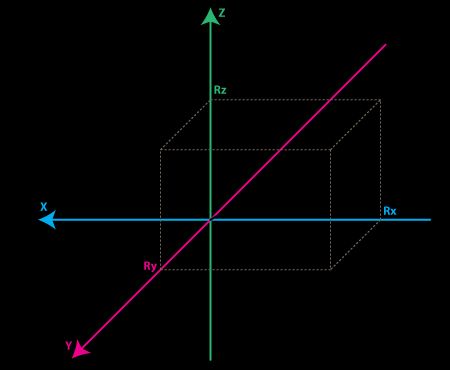Introduction
This guide is intended to everyone interested in in using Accelerometers and Gyroscopes as well as combination IMU devices (Inertial Measurement Unit) in their electronics projects
We’ll cover:
- What does an accelerometer measure?
- What does a gyroscope (aka gyro) measure?
- How to convert analog-to-digital (ADC) readings that you get from these sensor to physical units (those would be g for accelerometer, deg/s for gyroscope)
- How to combine accelerometer and gyroscope readings in order to obtain accurate information about the inclination of your device relative to the ground plane
Throughout the article I will try to keep the math to the minimum. If you know what Sine/Cosine/Tangent are then you should be able to understand and use these ideas in your project no matter what platform you’re using: Arduino, Propeller, Basic Stamp, Atmel chips, Microchip PIC, etc.
There are people out there who believe that you need complex math in order to make use of an IMU unit (complex FIR or IIR filters such as Kalman filters, Parks-McClellan filters, etc). You can research all those and achieve wonderful but complex results. My way of explaining things require just basic math. I am a great believer in simplicity. I think a system that is simple is easier to control and monitor, besides many embedded devices do not have the power and resources to implement complex algorithms requiring matrix calculations.
I’ll use as an example a new IMU unit, the Acc_Gyro Accelerometer + Gyro IMU. We’ll use parameters of this device in our examples below. This unit is a good device to start with because it consists of 2 devices:
– LIS331AL (data sheet) – a triaxial 2G accelerometer
– LPR550AL (data sheet) – a dual-axis pitch and roll, 500 deg/sec gyroscope
Together they represent a 5-Degrees of Freedom Inertial Measurement Unit. Now that’s a fancy name! Nevertheless, behind the fancy name is a very useful combination device that we’ll cover and explain in detail in this guide.
For more detail: Accelerometer & Gyro Tutorial

